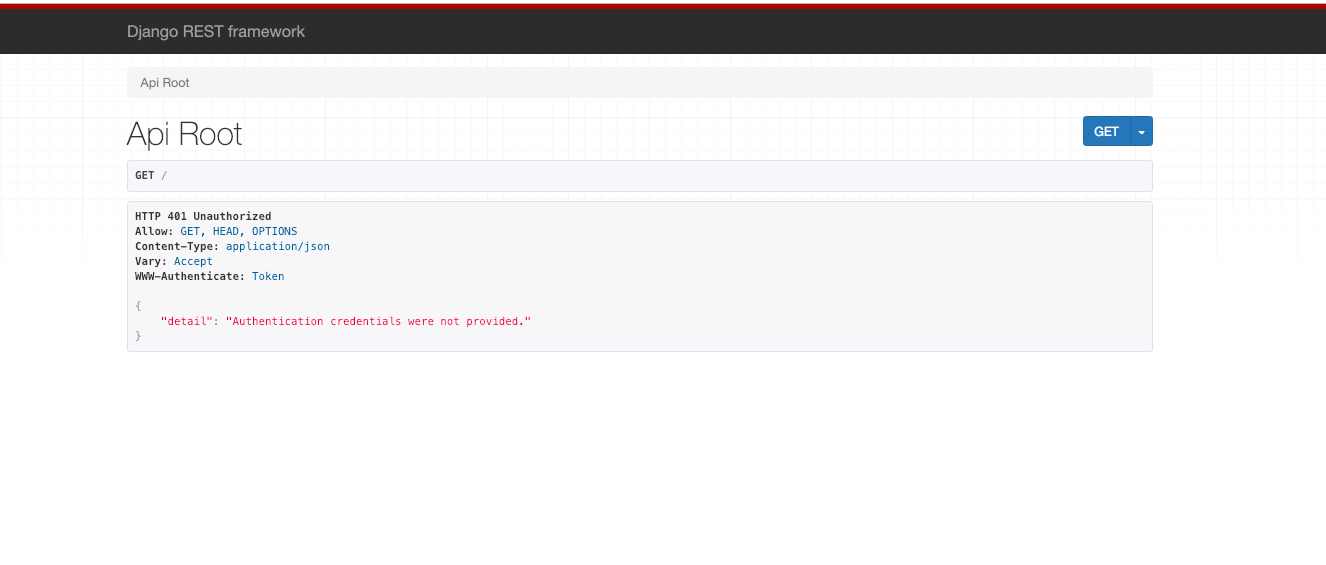

The best practices include working with a virtual environment, exporting requirements.txt file and configuring the settings.py file for working with multiple environments. There are some best practices for setting up your Django project I highly recommend you to follow before starting the deployment process.
DJANGO POSTGRES APP ON AWS SOFTWARE
Read more about my comparison between DigitalOcean and Amazon Web Services in terms of an early-stage startup software project. DigitalOcean is a great solution for software projects and startups which start small and scale up step by step. There are many reasons for choosing DigitalOcean as a cloud provider, especially for small projects that will be deployed on a single droplet (a virtual server in DigitalOcean terminology). Additionally, Python and Django work together very well with Linux, and not so well with Windows. Linux is much more popular for serving web apps than Windows. This configuration is great for small projects, but in order to scale your resources up to support larger amounts of traffic, you should consider a high-availability server infrastructure, using load balancers, floating IP addresses, redundancy and more.

Please note that this post discusses deployment on a single Ubuntu server. About the Linux server, we are about to create it together during the first step of the deployment tutorial. I assume you are already using 1, 2, 4 and 5.


 0 kommentar(er)
0 kommentar(er)
